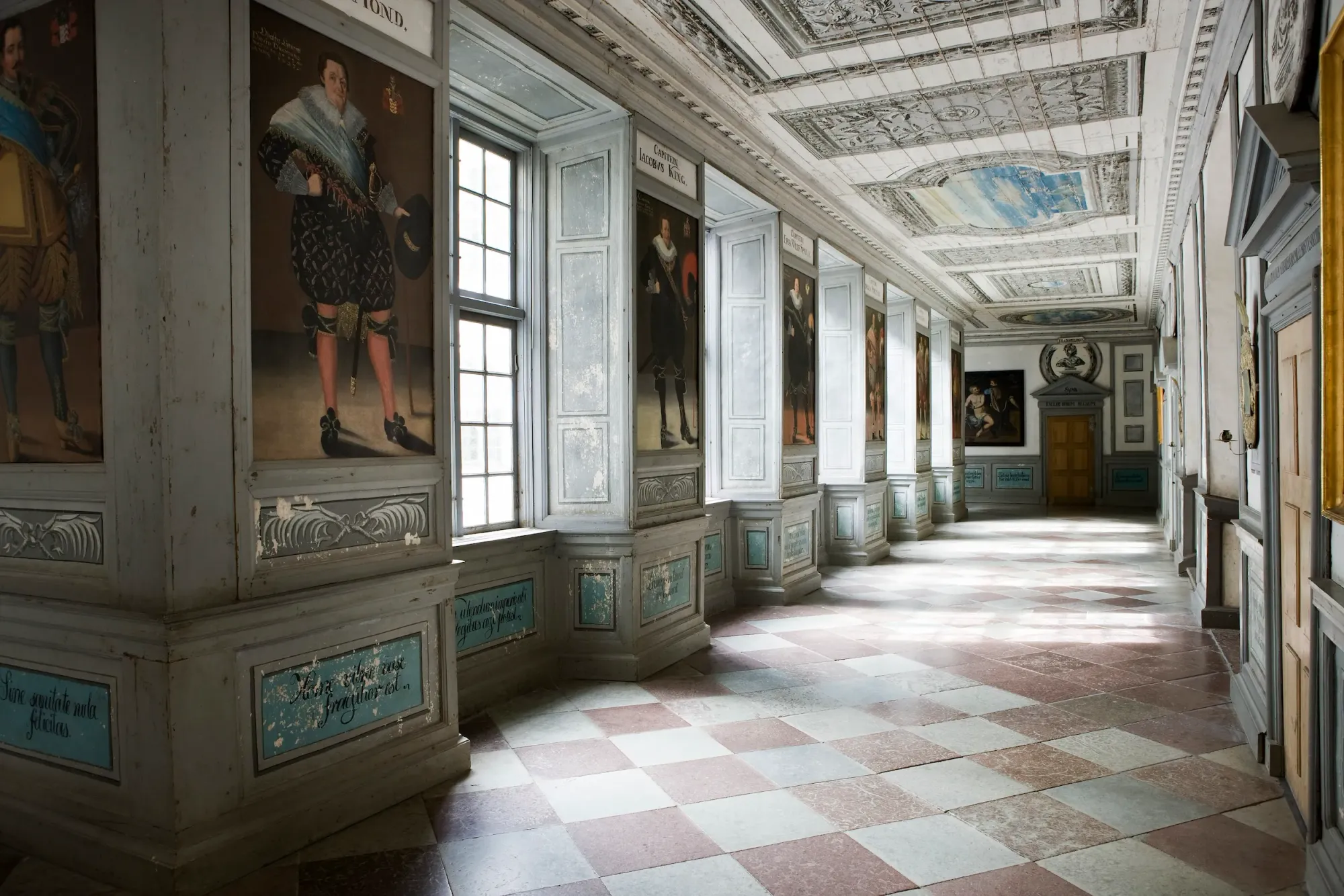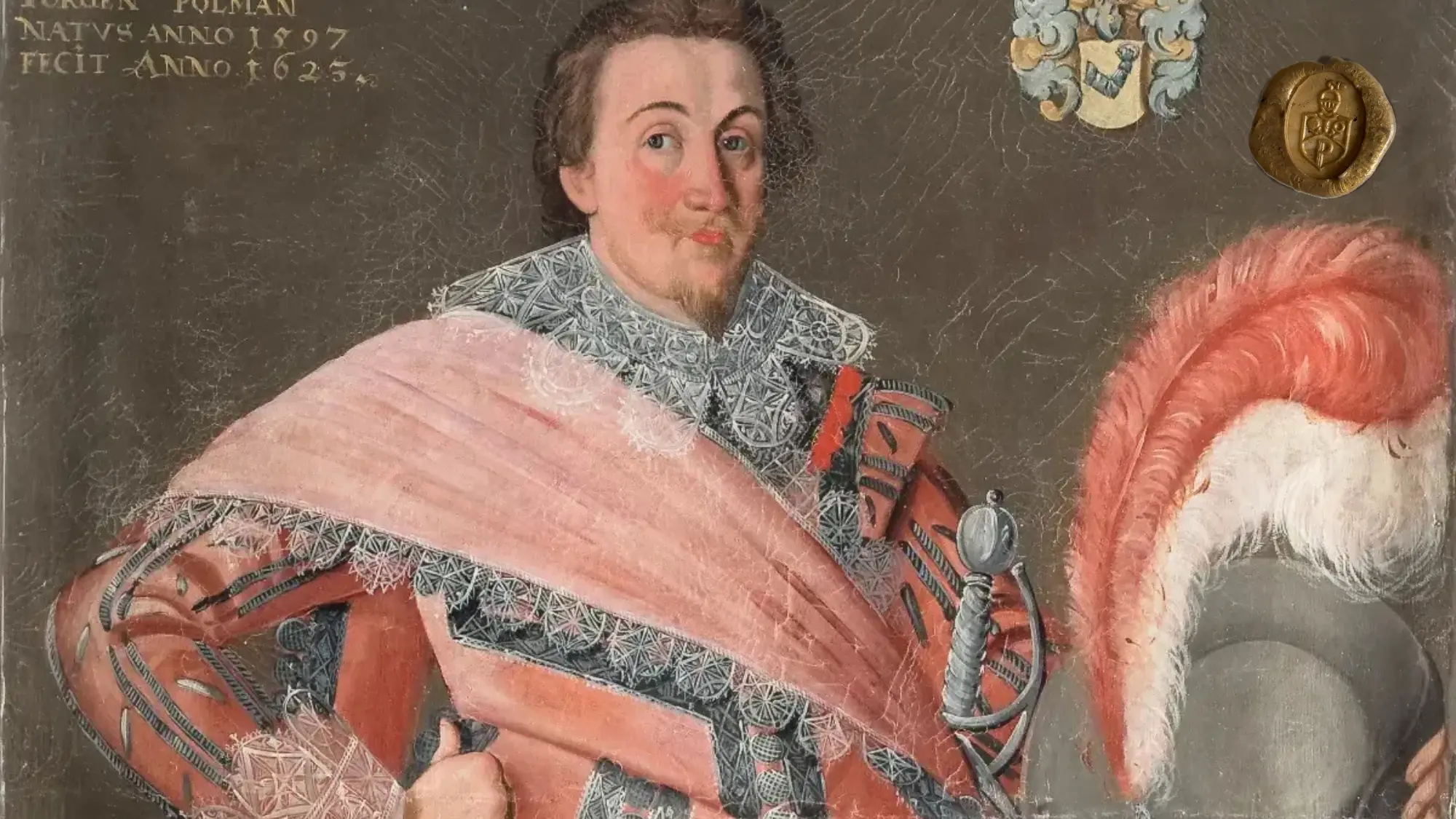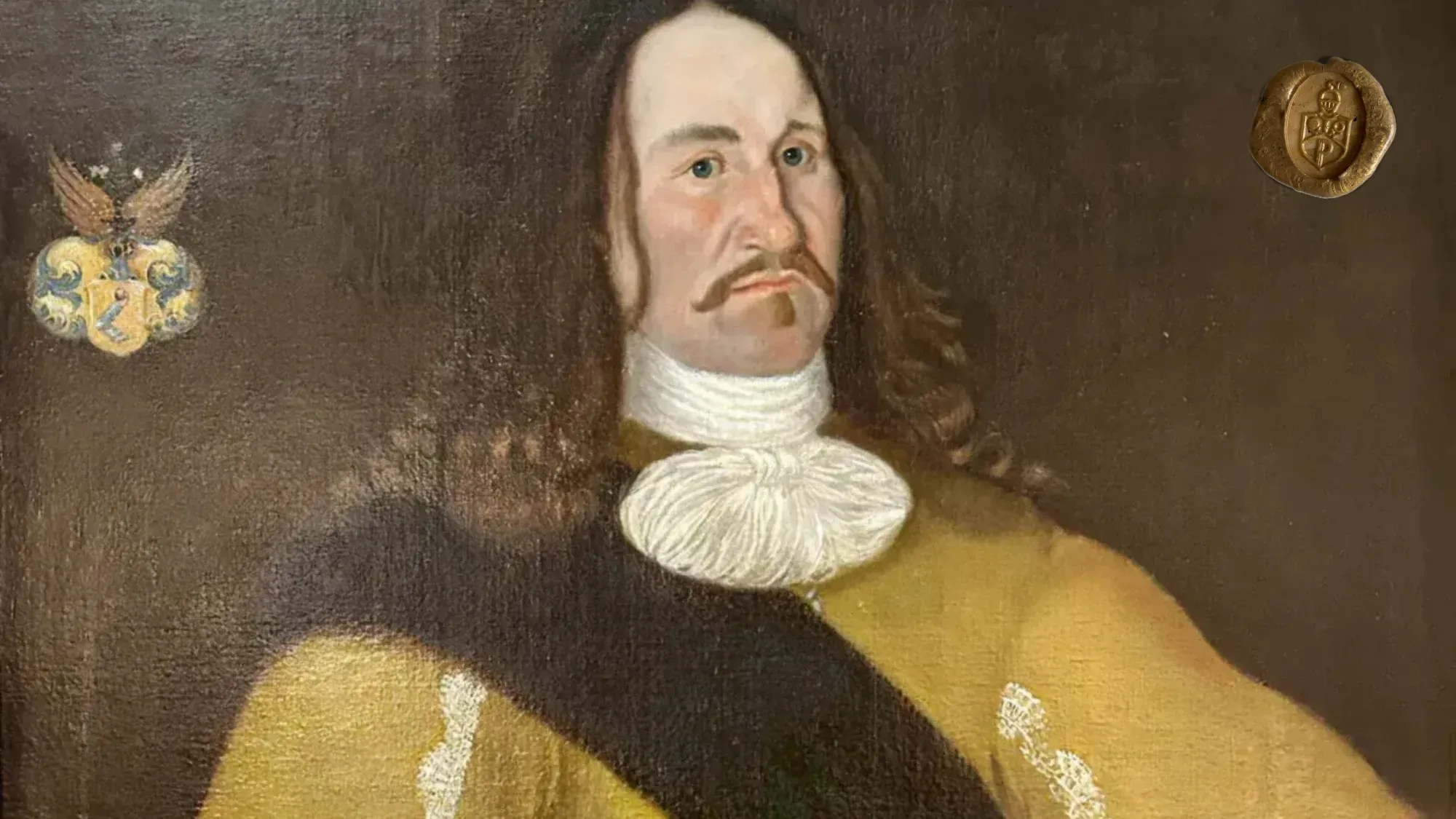Stockholm has a rich history as the capital of a glittering and once powerful and influential empire. Initially comprising wooden, and then brick structures, successive destructive fires in the 17th and 18th centuries greatly altered the architecture and face of the city. During the city’s later rebuilding, many important buildings were designed in Neo-Baroque and Art Nouveau styles.
Today, Stockholm is organised into seven main districts. Gamla Stan, or the Old Town, is the historic area where you’ll encounter the Royal Palace and the Swedish parliament. The island Djurgården boasts Skansen, an open air museum with buildings representing different periods in Swedish history, as well as the Vasa Museum, where the magnificent namesake ship – restored to its pre-shipwrecked glory – can be viewed from six floors.
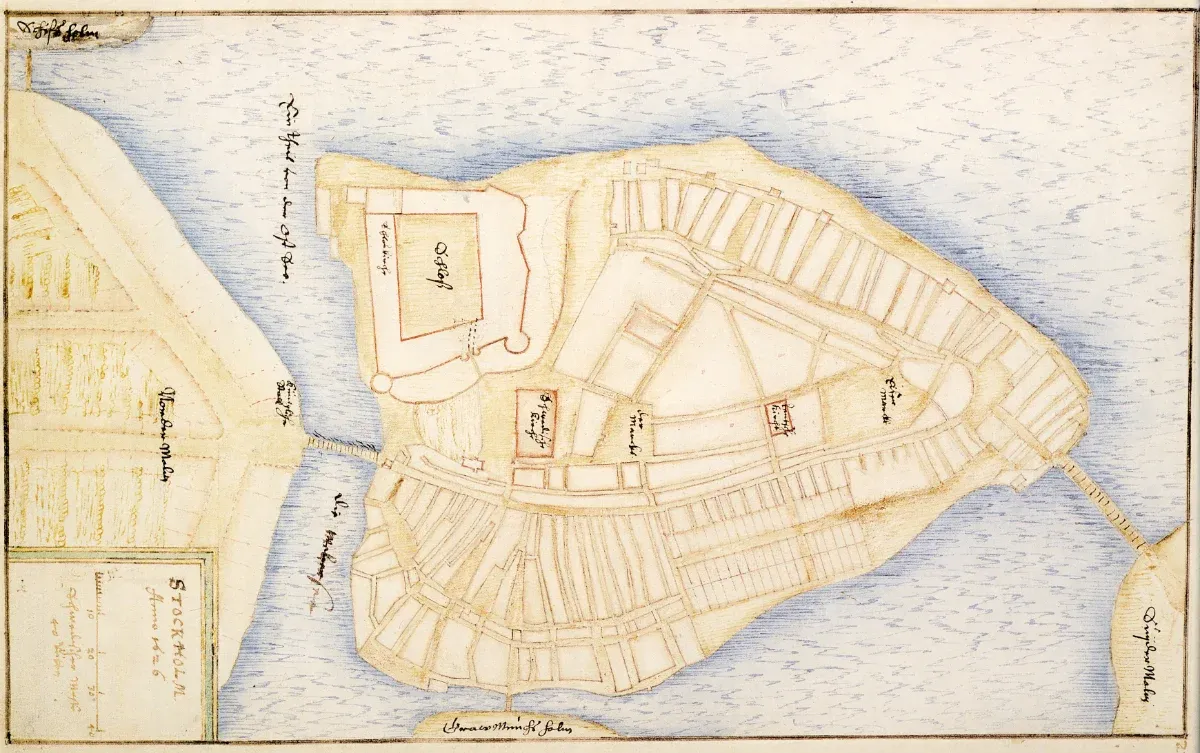
The Polman family has Baltic-German origins, and came to Sweden from Estonia. Upon being ennobled in 1650, the family name changed to Påhlman. They had close ties with Swedish royalty and society both before and after this event. Here’s our list of must-see places in and around Stockholm connected with the Polmans, but also of broader historical significance.
Travel with the Polmans
Need a visual map? Travel with the Polmans using the Google Map below and see all of the locations we’ve written about.
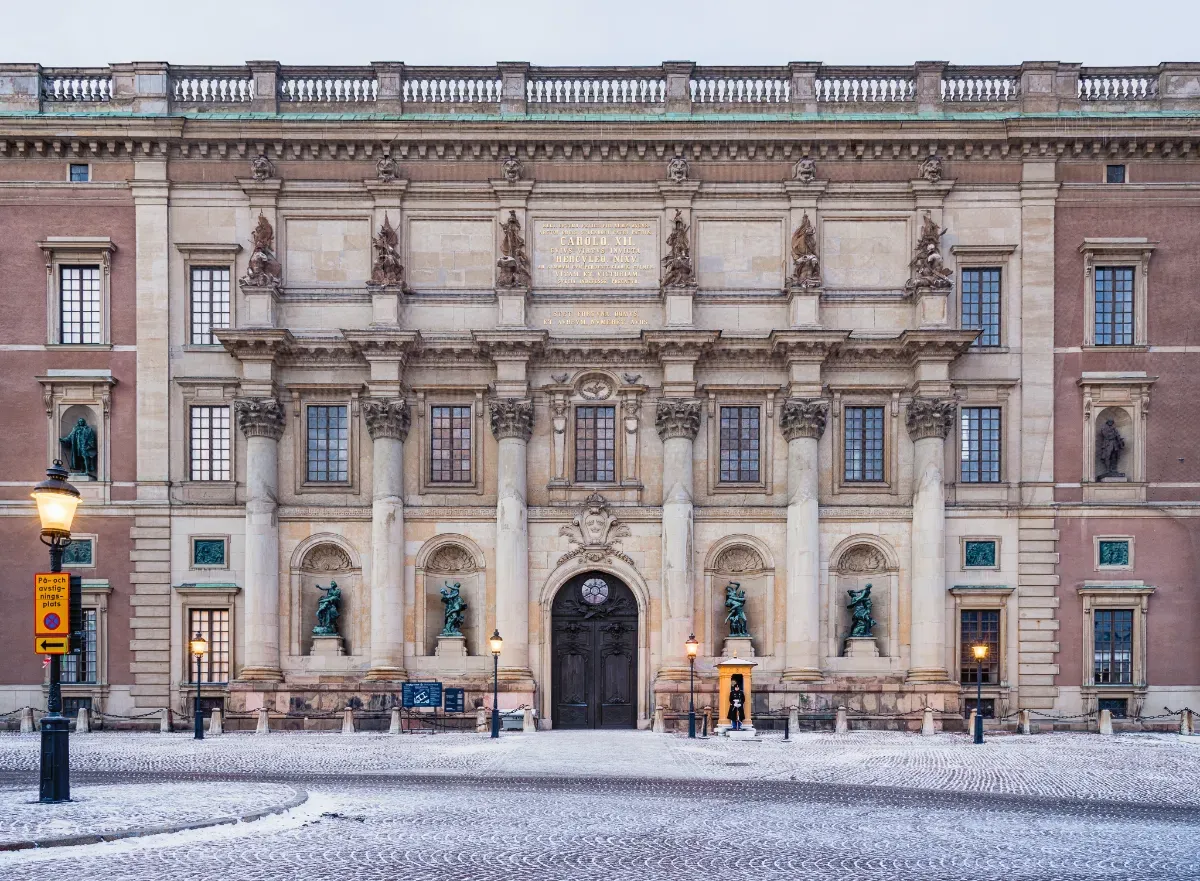
Royal Palace
Let’s begin in the heart of Stockholm. The calendar flips back several centuries to 1650. On 16 September, the Polman brothers, Johan and Gustaf, alight at Stockholm Castle, Tre Kronor.[[1]] It is a fortified wood and stone structure with walled gardens, home to the reigning monarch, Kristina. The Polman brothers are knighted by the queen, and the family enters Swedish nobility under No. 501, henceforth known by the name Påhlman. It is a historic moment.
Nearly five decades later, parts of the castle are destroyed by a mysterious fire[[2]], and rebuilt in stone and brick in the Baroque style. This new version, designed by the architect Nicodemus Tessin the Younger, welcomes the royal family’s return in 1754.
Today, the palace invites visitors to its state rooms, or Royal Apartments, tours of which are conducted on weekends between January and May. These rooms include various historical items associated with Swedish monarchs, including Queen Kristina’s silver throne that can be viewed in the Hall of State.



